Do you have a question about the Lincoln Electric SP-170T and is the answer not in the manual?
Safety precautions specific to engine-powered equipment operation and maintenance.
Information on potential hazards of electric and magnetic fields during welding.
Precautions to prevent electrical shock, including proper insulation and handling.
Safety measures to protect eyes and skin from arc rays and spatter.
Guidelines for managing hazardous fumes and gases produced during welding.
Precautions to prevent fires and explosions caused by welding sparks.
Safety warnings related to compressed gas cylinders and the risk of explosion.
Safety requirements for connecting and operating electrically powered welding equipment.
Detailed technical specifications for the SP-170T welding machine.
Description of standard controls and features such as power switch and voltage control.
Key design aspects and benefits of the SP-170T welding machine.
Explanation of the function of each control and setting on the SP-170T.
Guidance on the process of making a weld, including settings and technique.
Specific procedures and recommendations for Gas Metal Arc Welding (MIG).
Specific procedures and recommendations for Flux-Cored Arc Welding (Innershield).
Steps for setting up the machine for self-shielded flux-cored arc welding.
Fundamental manipulations for successful self-shielded FCAW welding.
Steps for setting up the machine for Gas Metal Arc Welding (MIG).
Fundamental manipulations for successful GMAW (MIG) welding.
Essential safety guidelines to follow before performing maintenance.
Explanation of the three-step procedure for using the troubleshooting guide.
Troubleshooting common issues related to machine output, fan, and trigger.
Diagnosing and resolving issues with wire feeding and drive rolls.
Troubleshooting low or no gas flow during welding operations.
Identifying and correcting causes of unstable arcs or poor starting.
| Input Phase | Single Phase |
|---|---|
| Input Frequency | 60 Hz |
| Output Amperage Range | 30 - 170 A |
| Input Voltage | 230 V |
| Welding Process | MIG |
| Rated Output | 130A/21V/20% |
| Input Current @ Rated Output | 20A @ 230V |
| Wire Feed Speed Range | 50-500 IPM |
| Wire Size Range | 0.023 - 0.035 in |
| Dimensions (H x W x D) | 14 x 8.5 x 17.5 in (35.6 x 21.6 x 44.5 cm) |

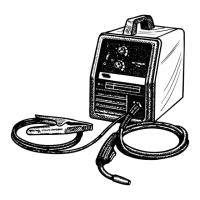

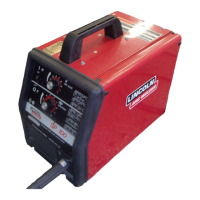
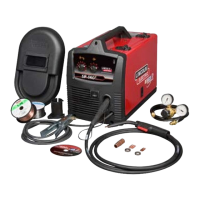
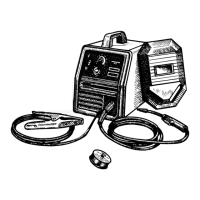
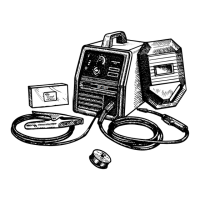
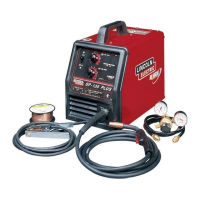

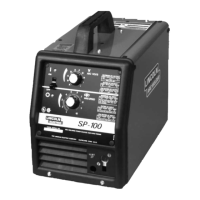
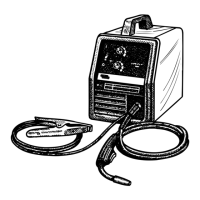

